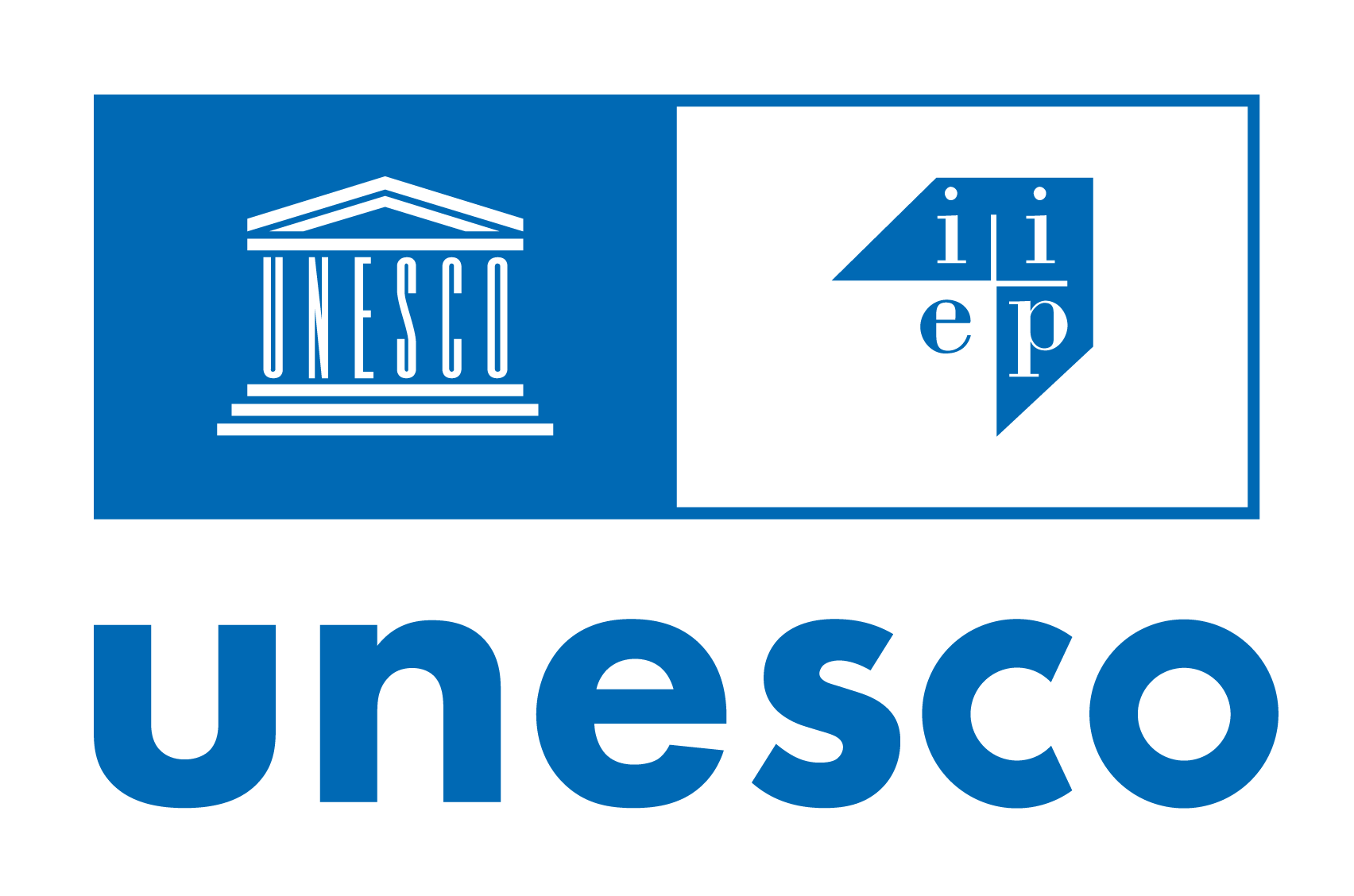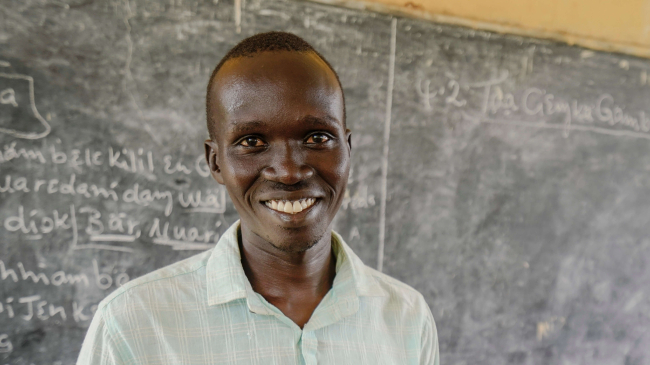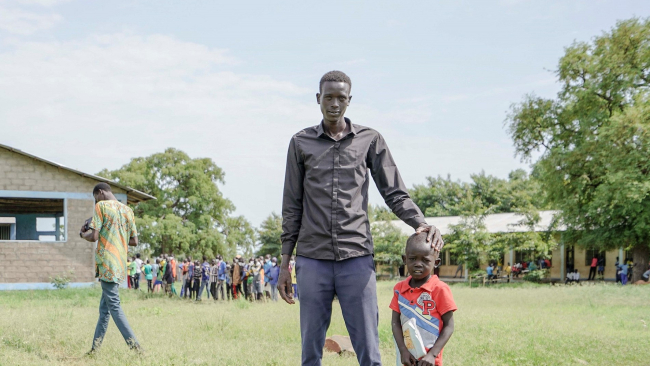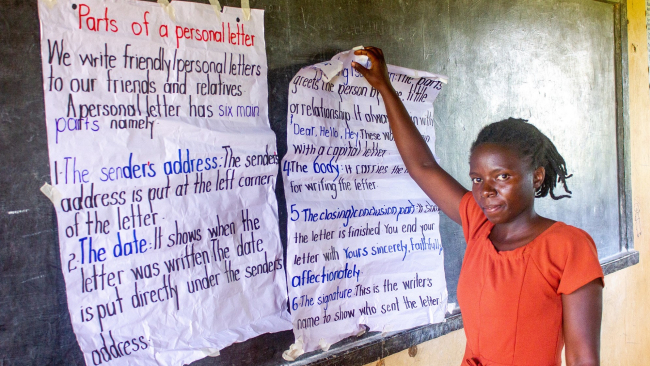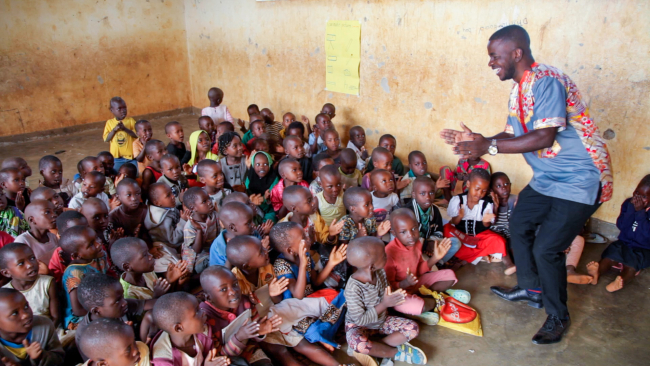Education in emergencies and protracted crises is essential for reinstalling a sense of normalcy in the lives offorcibly displaced children and their families, keeping children safe and healthy, and improving their future economic and social prospects. However, education remains critically underfunded in emergencies and is rarely part of the first phase of relief operations. Recently, there has been a surge of interest in strengthening the role of education in displacement crises. This paper aims to contribute to this effort by promoting understanding of three critical yet under-explored dimensions of education in emergencies. Specifically the paper explores: (1) the timing of education service delivery –i.e., when and in what form education is first introduced in multi-sectoral responses to crises; (2) the integration and mainstreaming of education -i.e., with what other services education can be combined to encourage positive educational and non-educational outcomes for displaced children; and (3) the performance of the institutions of inter-agency coordination in crises –i.e., how well humanitarian actors, both within and beyond the education sector, cooperate with one another. Drawing on evidence from the critical review of the global impact evaluation literature in emergency settings and from interviews with UNICEF staff engaged in the ongoing education response to the Rohingya refugee crisis in Cox’s Bazar, Bangladesh, the paper makes two contributions. First, it develops a conceptual model of integrated humanitarian services delivery which demonstrates how education services can be sequenced and integrated in multi-sectoral responses to crises and during different crisis stages. Second, it outlines recommendations on how to strengthen existing institutions of humanitarian coordination to ensure the timely provision of emergency education and to enable the delivery of integrated humanitarian services to displaced children.
Year
2018
Pages
77
Series
Background paper prepared for the 2019 Global education monitoring report: Migration, displacement and education: building bridges, not walls
Countries
Resource Types
Languages
